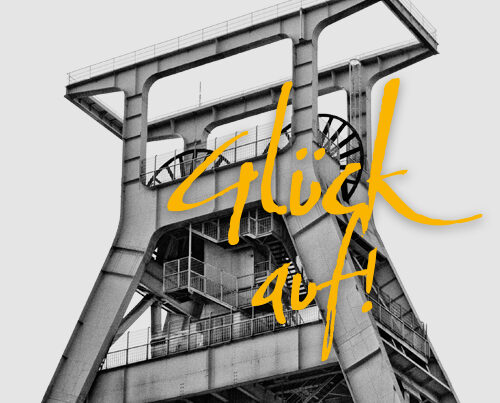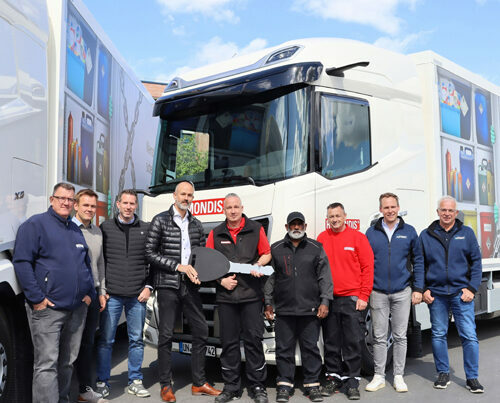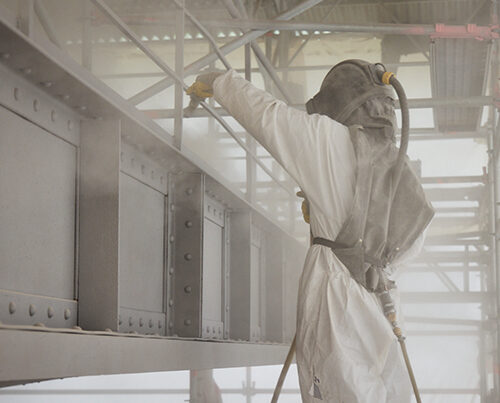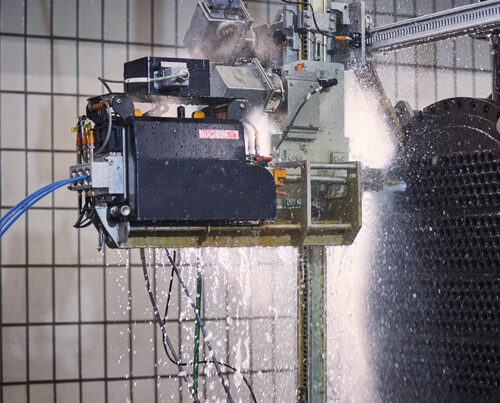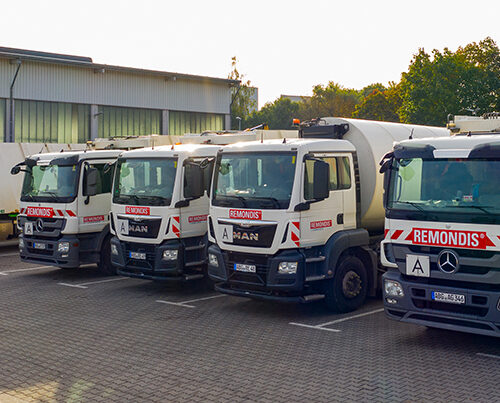Eleven industrial climbers in action
For a good twelve months now, BUCHEN has been offering a service that offers many benefits but is extremely rare: rope access and positioning technology. Eleven experienced climbers make their way to hard to reach areas where they carry out complex industrial services and other related tasks. There are practically no limits to where they can work. Large furnaces, chimneys and boilers are on their list of regular job sites as are large buildings, towers and facades.

A highly sought-after service
Industrial climbers are a rare species. According to estimates, there are around just 4,000 of these specialists in Germany – despite there being such a high demand for their work. Rope access technology creates a whole number of advantages. It is, for example, considered to be a particularly plant-friendly way of delivering a service that can be implemented quickly, effectively and cost-efficiently without the need for long lead times. Moreover, it has very little impact on a plant’s normal operations and enables work to be performed on areas that are beyond the capabilities of other kinds of access technology, such as cranes, work platforms and scaffolding.
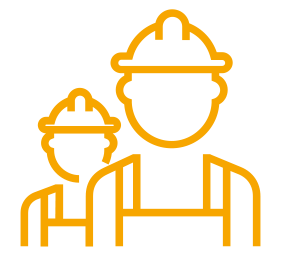
BUCHEN’s work at height specialists can be found carrying out cleaning, monitoring, inspection and maintenance projects. They perform sand blasting and insulation work as well as steel construction and corrosion control tasks to name just a few. To be able to do this, the climbers are experts in two completely different fields – holding multiple qualifications so they can work with rope access technology and deliver a specific industrial service.
Own training programme
It is practically impossible to find operatives that have both these qualifications. Which is why BUCHEN drew up a targeted training programme to create a team that combines a variety of skills. A prerequirement here is learning to use rope access technology. Building on this, BUCHEN then teaches the specialist knowledge needed to carry out the different kinds of industrial work and trains its operatives to use their climbing skills in the more unusual areas that industrial service providers must travel to.
BUCHEN currently has eleven work at height specialists, six of whom focus entirely on industrial climbing work.
As with all its service divisions, BUCHEN uses tried and tested technology and has stringent safety standards in place for its rope access work. It has compiled its own comprehensive set of guidelines as the commonly used occupational safety measures are simply not sufficient for this particular area of work. The climbers truly are experts in their field. The rope access supervisors have the paperwork to show that they have already worked with this technology for more than 250 days. The fact that this team of operatives have spent so much time working at height is an additional advantage. Rope technicians do not suddenly become competent at working with this equipment. They have to practise again and again – an opportunity that they get thanks to the company’s everyday business.
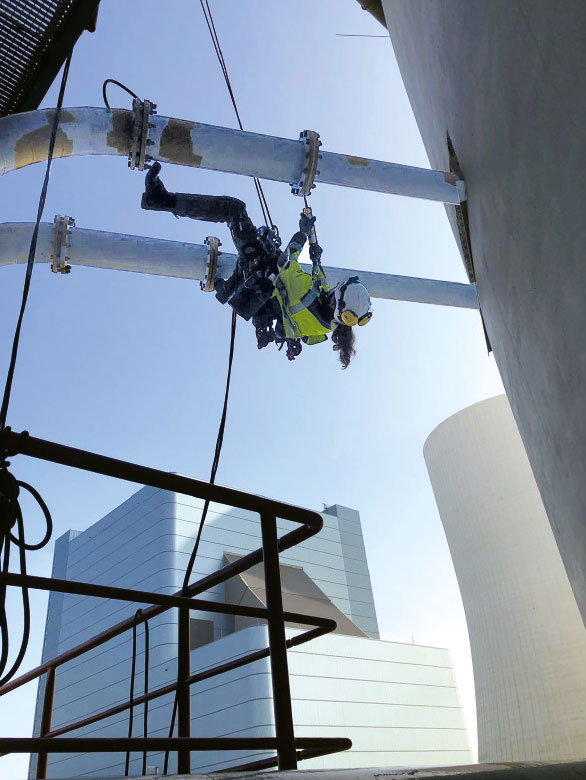
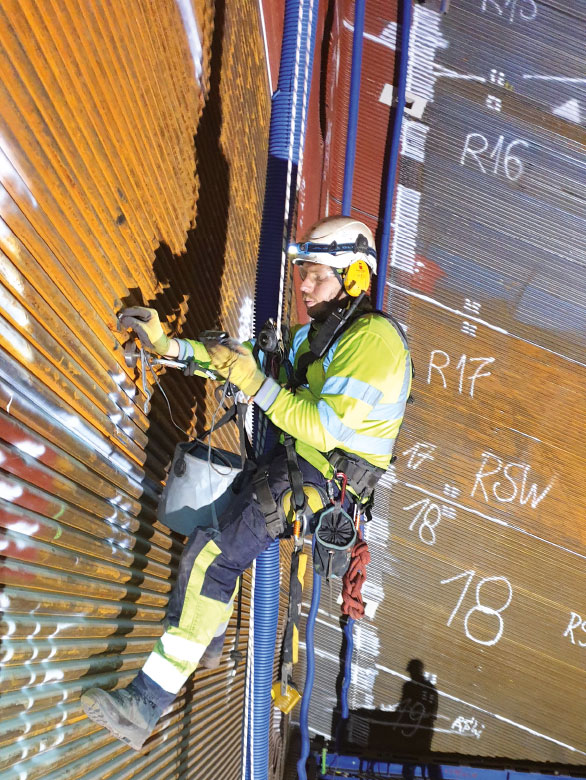
“Safety is our number one priority”
The company’s industrial climbing/rope access technology division is part of BUCHEN KraftwerkService and is managed by Stefanie Busch. She is herself a rope access technician and has Level 3 qualifications, the highest level of qualification available in line with the prestigious FISAT standards.
Ms Busch, people watching a team of industrial climbers at work may be reminded of mountaineers. Are there any similarities?
Stefanie Busch: That might be the first impression but rope access technology and mountain climbing are worlds apart. Our equipment is far more complex. We are, for example, always secured to two separate ropes to keep us twice as safe. What’s more, work at height specialists are always deployed as a team and even in a two-person team, at least one of the climbers must have the highest level of qualifications.
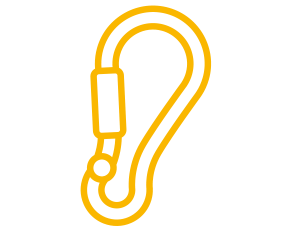
So what is an assignment like? Can you just travel to the site and start work right away?
Stefanie Busch: It’s not quite that simple. At the end of the day, we always focus on achieving the highest possible levels of safety. Before the work can begin, we must draw up comprehensive access and worksite plans. On top of this, we always develop a precautionary rescue concept and carry out an on-site risk assessment.
How do work at height specialists keep fit?
Stefanie Busch: The best way for us to keep fit is simply doing our everyday work. Our climbers also take part in further training courses and annual refresher courses and must practise the safety procedures regularly. We must never forget the safety measures – even when the view from the top of the chimney is so fantastic.
Image credits: image 1–3: © REMONDIS







